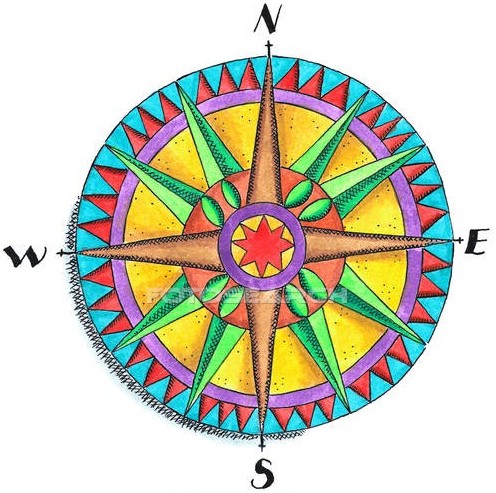
England
& Wales Hardwicke Marriage Index
Marriages
1754 - 1837
Padstow St Petroc
 |
England
& Wales Hardwicke Marriage Index |
The ParishThe parish of Padstow lies on Cornwall's western coastline with the Irish Sea roughly halfway along its length from tip to tail. Padstow is located roughly 14 miles west of the town of Bodmin and sits at the terminus of the A389 which links Padstow with the coastal route of the A39 just to the southwest of Wadebridge. Padstow is a port, market town and tourism centre which sits on the western banks of the Camel estuary. Padstow has a long history with a settlement here from potentially the 5th century and a monastery founded in 513. Padstow's position within the shelter of the Camel estuary, a rare haven along this wild and windswept coastline, gave it prosperity primarily as a port, it expanded through trade across to Wales and ireland as well as through fishing for the local pilchard shoals. Later trade developed more widely exporting Cornish tin, lead and slate whilst importing timber from Scandinavia, wine from France and hemp & jute from Russia. The 19th century saw it become a ship-building port and centre for the departure of the Cornish diaspora. The wider parish is poor quality agricultural land suitable only for pastoral farming with salt-laden winds detrimental to arable crops. Today Padstow is still a fishing port, a market town and regional shopping centre as well as a picturesque harbour attracting visitors, a valuable stopping point for hikers on the South West Way National Trail and a foodie haven lead by the TV chef Rick Stein. As a coastal town water drains readily into the adjacent estuary. Padstow is sited between sea level and 60 metres above the same, land rises inland to the south and east to local high points of close to 130 metres east of nearby St Issey. Covering a little over 3,300 acres the parish would have supported a population of close to 2,100 parishioners. Domesday Padstow was altogether a much smaller place, held by the Canons of Bodmin, which had superceded Padstow as the centre for the cult of St Patrick by then, its assets were merely 2 ploughs and some pasture. |
 |
|
|

|
| Register No | Covering Dates | Deposited With | Register Style | Quality Standard | Comments |
| 1 |
2nd September 1754 - 30th November 1802 |
Cornwall Record Office - Reference - FP170/1/9 |
Standard preprinted and self-numbered Marriage register
with 4 entries per page |
Grade 4 Register - there are notable quality issues with
this register which may have resulted in many misreads |
Exceedingly poor handwriting at times makes for a
challenging read with some entries verging on indecipherable and a
few passing that state. Guesses have been made and mistakes will
also be made, users should treat with due caution |
| 2 | 28th February 1803 - 7th December 1812 | Cornwall Record Office - Reference - FP170/1/10 | Standard preprinted and self-numbered Marriage register with 4 entries per page | Grade 2 Register - not a perfect read but with a low likelihood of
misreads |
None |
| 3 | 15th January 1813 - 27th June 1837 | Cornwall Record Office - Reference - FP170/1/12 | Standard Rose style preprinted and prenumbered Marriage register | Grade 4 Register - there are notable quality issues with
this register which may have resulted in many misreads |
Very poor handwriting returns with ill-formed letters and fading
to complicate matters, there may well be many misreads as a
consequence |
|
|
|
|
|
St
Merryn St Marina
|
 |
|
|
St
Ervan St Hermes
|
Little
Petherick St Petroc
|
St
Issey St Ida
|
1760 1770 1780 1790 1800 1810 1820 1830
Corrections to Tinstaafl Transcripts